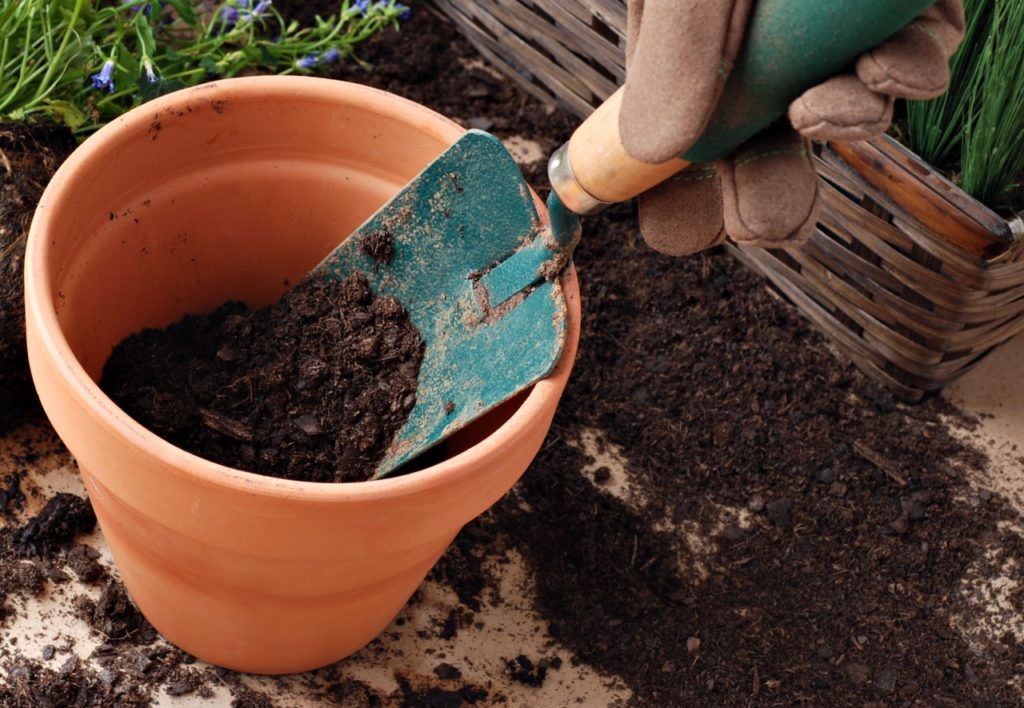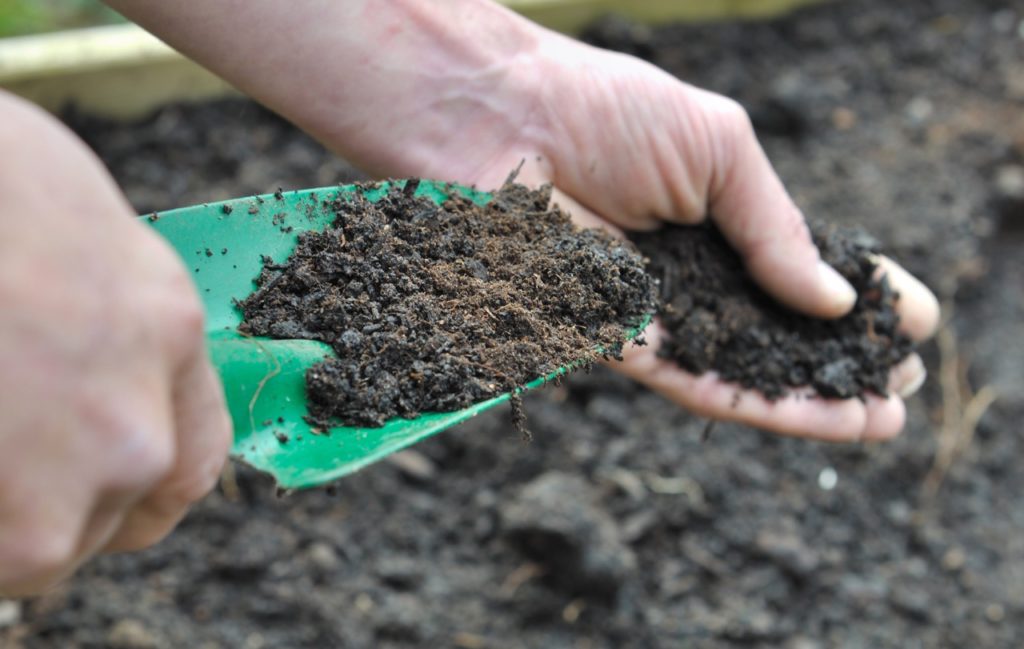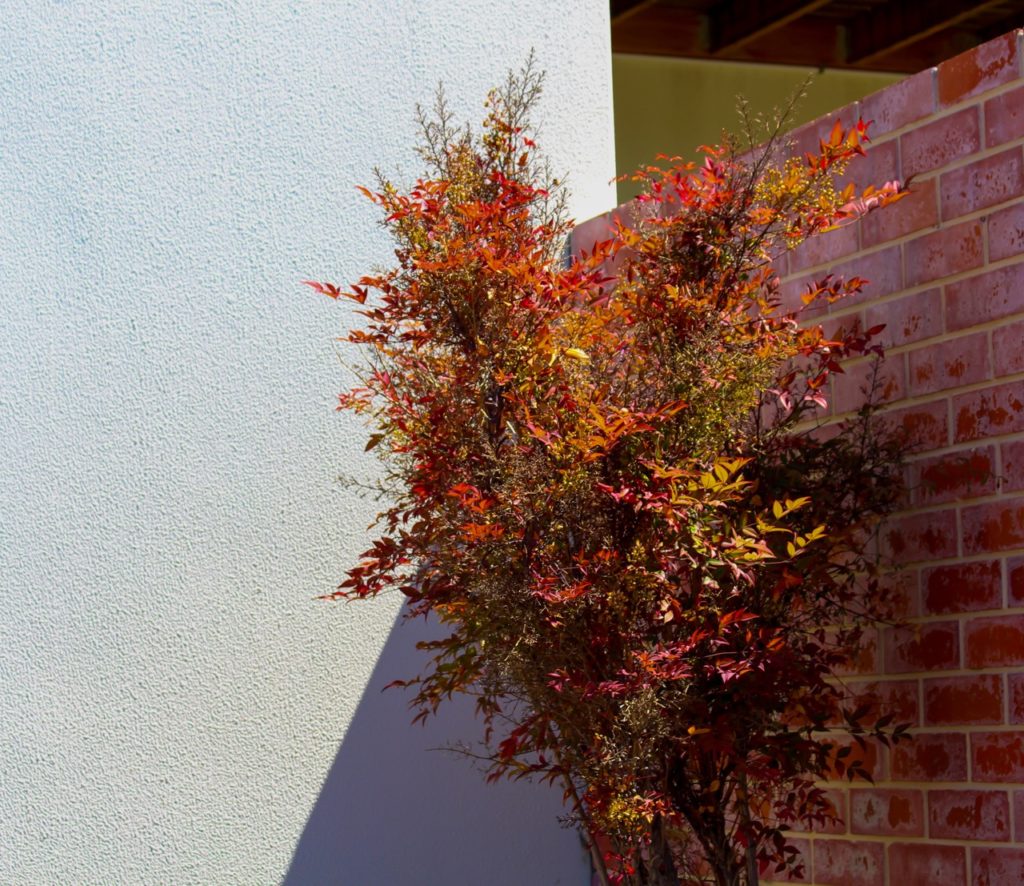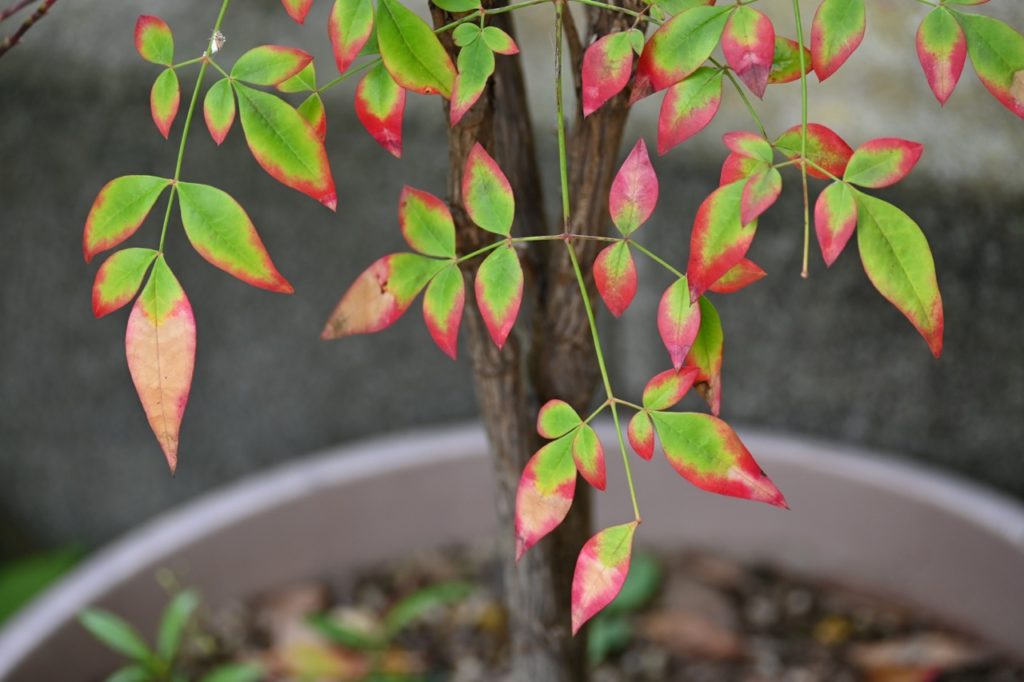Potted Nandina: ‘The More Diminutive Cultivars Make Excellent Container Plants’

Reviewed By COLIN SKELLY

Colin is a Horticulturist and Horticultural Consultant with experience in a range of practical and managerial roles across heritage, commercial and public horticulture. He holds the Royal Horticultural Society’s Master of Horticulture award and has a particular interest in horticultural ecology and naturalistic planting for habitat and climate resilience.
IN THIS GUIDE
NANDINA GUIDES
Container Growing
Pruning
Nandina domestica varieties range from 0.5-1.5m in height with proportional spreads and have the prettiest foliage imaginable.
The small lanceolate leaves are of a light glazed shade of sea green – when they are green.
Otherwise, they are in tones of orange, red or purple, sometimes when emerging, sometimes in autumn.
They are low-maintenance evergreen shrubs with a naturally neat habit and the majority of varieties are fully hardy at H5.
All in all, growing these beautiful shrubs in containers would make a great addition to any garden display.
“The more diminutive Nandina cultivars make excellent container plants,” shares Master Horticulturist Colin Skelly.
“I’ve used them as a mid-layer in small gardens where they provide interest and structure year-round.”
Choosing Nandina Containers
Heavenly Bamboo requires free-draining soil, so be sure that the container you choose has drainage holes.
I’d suggest an upright container that is like a truncated cone or pyramid rather than a wide planter.
The height of the container should be about half the above-soil height of the plant.
Varieties’ mature sizes vary widely, so you may need anything from a pot height of 20-70cm.

These evergreens are good to grow in a decorative container made of synthetic material.
However, they grow at a slow pace, so you may not pot on a mature shrub for 3 years or even more.
Therefore, you should make sure to refresh, till and aerate the soil, otherwise opt for a terracotta container which does this itself much better than synthetic materials do.
Suitable Growing Medium
These shrubs do best in rich fertile soil that preserves moisture but drains very well.
You can use a commercial multi-purpose potting compost or take mixed loam as a base and enrich it with a healthy quantity of well-rotted manure, preferably chicken manure, or organic compost.
The medium should contain grit or perlite to promote good drainage.

I often put a layer of pebbles at the base of the pot.
If you make your own soil, the manure or compost content should ensure moisture retention, but if in doubt, add vermiculite.
Heavenly bamboo does best in acidic soil.
Potting Up Nandina
A young, actively growing Nandina domestica shrub that is in a correctly-sized pot will probably need potting up about every 2 years.
A full-grown plant in a large enough container will not need to be potted on for 4 years.

However, you will need to turn over, till and aerate the soil, and refresh it with a dressing of organic compost.
When potting up one of these slow-growing plants, choose a pot the next size up.
How Many Can You Plant Per Pot?
Though you can plant 2-3 of the diminutive cultivars in a pot or even a couple of the intermediate-sized ones in a planter, the form and habit of this graceful, well-proportioned evergreen are best enjoyed if planted on their own.
Potted Heavenly Bamboo Care
During the summer, young plants in containers need to be watered daily.
On the other hand, established plants in the winter will need watering only once every several days.
Feeding these plants with a balanced fertiliser will prove beneficial.

You could work in controlled-release granules into the soil at the top of spring and then again 3 months later, or apply a liquid formula from mid-spring on a monthly basis for 6 months.
I’d suggest that you use or dilute the fertiliser to about 75% of the recommended quantity or strength.
In the UK, in all but the warmest regions, the container should be placed in a location with full sun, but this plant can also cope with partial shade.

You do not need to bring heavenly bamboo indoors in winter in most regions of the UK.
Simply make sure that it is tucked in a corner of your porch or patio where it is sheltered from northerly winds and protected from the elements.
However, if you anticipate an extended spell of sub-freezing temperatures, I’d strongly recommend that you bring the container indoors.

